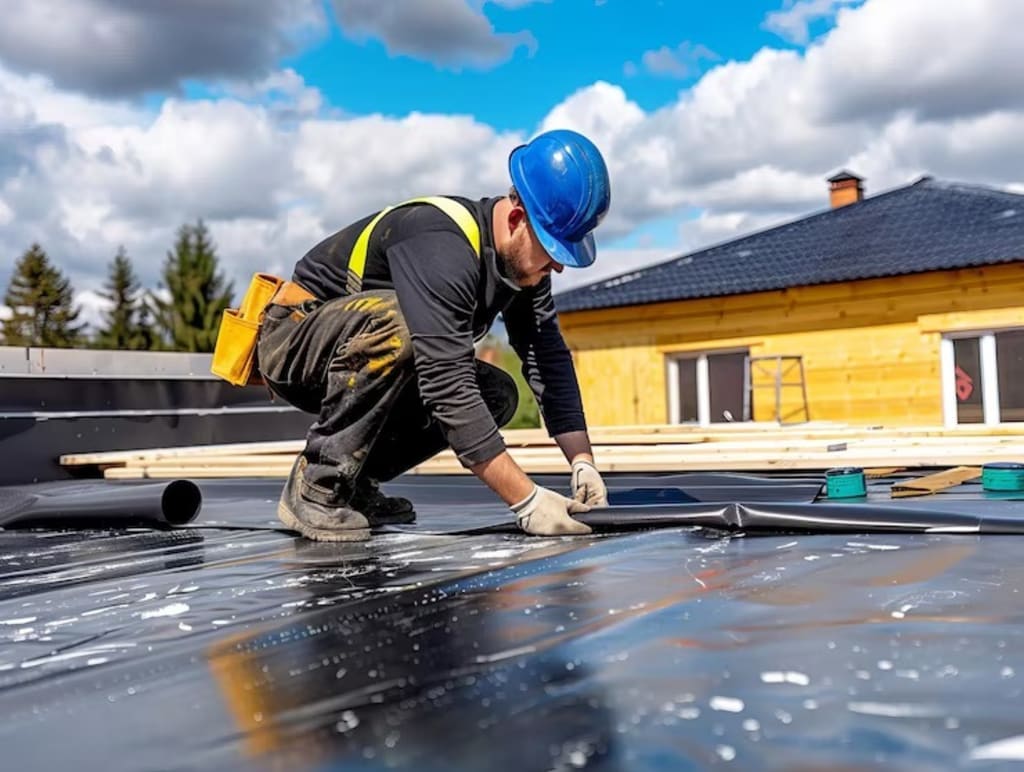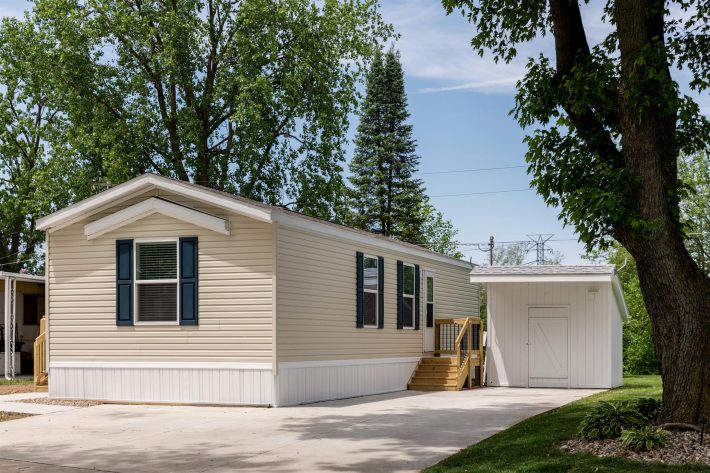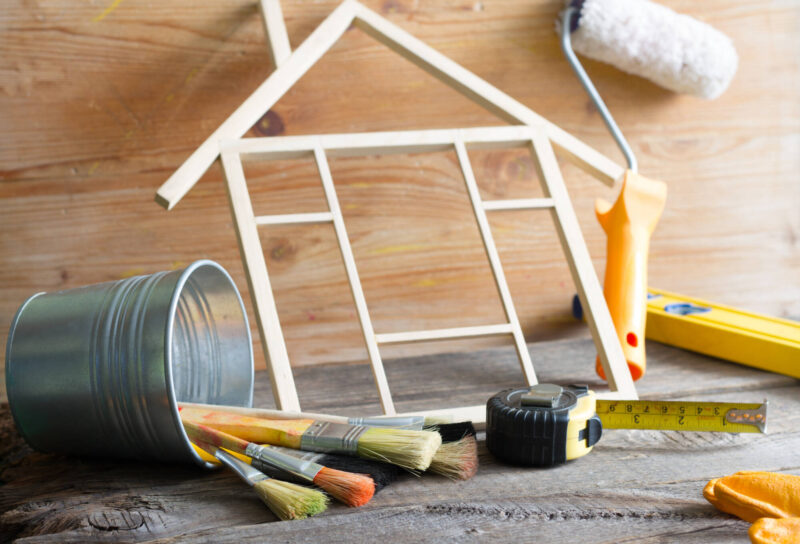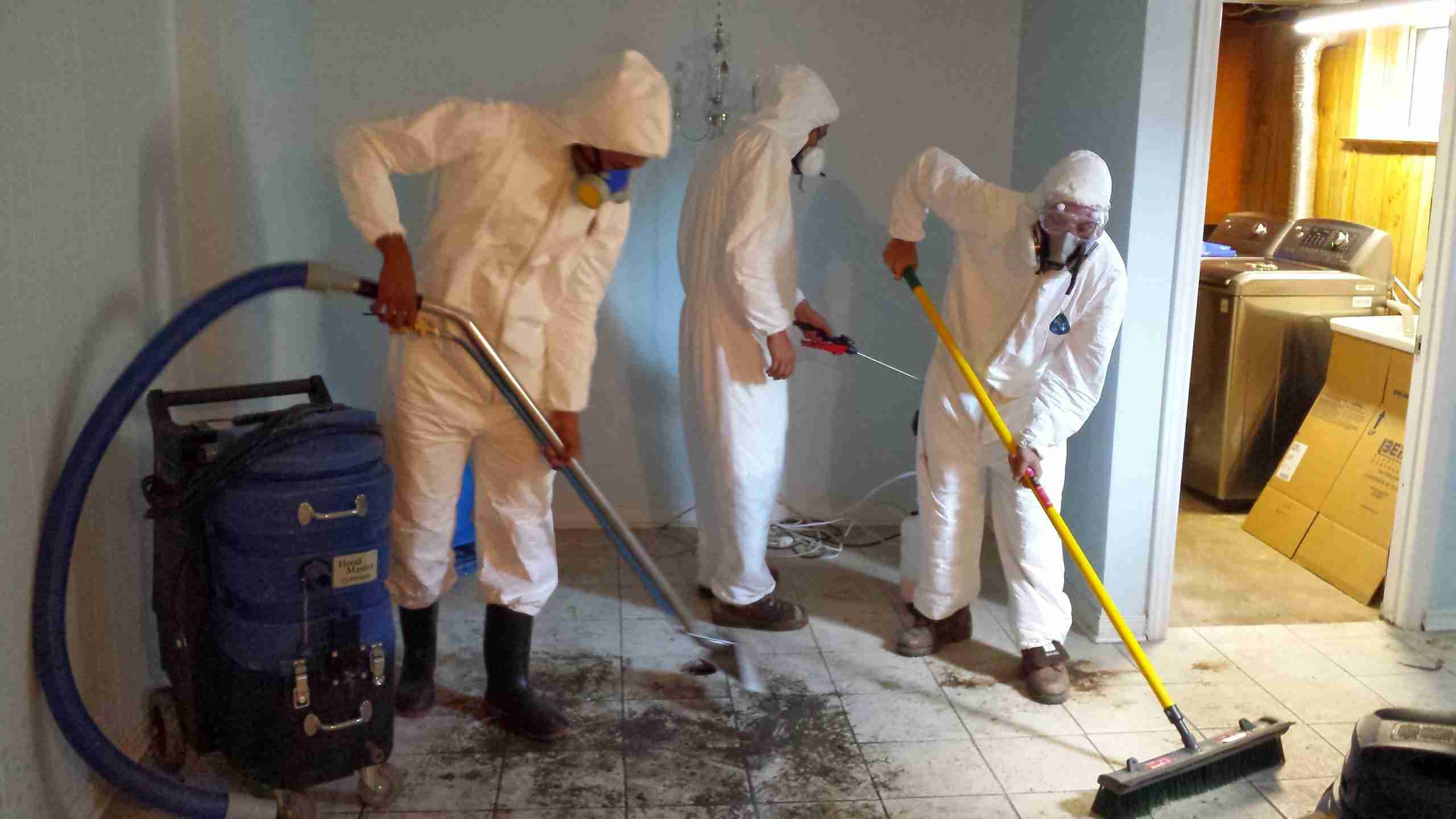Waterproofing is a critical step in home construction, preventing costly repairs and preserving structural integrity. By protecting walls, floors, and foundations, waterproofing safeguards against moisture-related issues like mold, cracks, and leaks. Here’s why waterproofing matters and how to effectively protect your home. Also check superioryardworks.ca
Why Waterproofing Matters
Without waterproofing, homes are suscepntible to moisture infiltration, leading to long-term structural issues. Water can seep into walls, basements, and foundations, weakening the structure and causing materials like wood and concrete to deteriorate. Moisture also promotes mold growth, which affects indoor air quality and poses health risks. Waterproofing ensures a dry, healthy environment, reducing the need for future repairs and adding to the home’s value.
Key Areas to Waterproof
1. Foundation and Basement
The foundation and basement are particularly vulnerable to water infiltration, especially in areas with high groundwater levels. Waterproofing these areas is essential to prevent seepage that can damage the foundation over time. Techniques such as cementitious coatings, liquid membranes, and bituminous coatings create effective waterproof barriers, helping to prevent mold, structural damage, and even basement flooding.
2. Roof
The roof is constantly exposed to elements like rain, sun, and wind, making waterproofing a priority. Methods like liquid and bituminous membranes provide strong, durable seals against moisture. Proper roof waterproofing extends its lifespan, prevents leaks, and protects the interior from potential water damage, which can affect ceilings, insulation, and walls. Quality roof waterproofing reduces the risk of costly repairs and keeps water out of your home.
3. Exterior Walls
Exterior walls face continuous exposure to changing weather, which increases their vulnerability to moisture intrusion. Applying waterproof coatings like cementitious or liquid-applied membranes helps prevent water from entering the home. Waterproofing exterior walls keeps the indoor environment comfortable and reduces mold risk, ensuring a longer lifespan for your home’s walls.
4. Bathrooms and Kitchens
Bathrooms and kitchens experience high humidity and frequent water use, increasing the risk of leaks and moisture buildup. Waterproofing in these areas prevents water damage to floors, walls, and cabinetry. Cementitious coatings or liquid membranes create effective moisture barriers, maintaining cleanliness and preventing long-term issues in these high-moisture zones.
Choosing the Right Materials
The choice of waterproofing materials depends on the area and specific structural needs. Cementitious coatings are durable for basements and foundations, while liquid membranes offer flexibility, ideal for roofs and exterior walls. Bituminous coatings provide water resistance in basements and low-slope roofs. Polyurethane is a flexible option suitable for flat surfaces and high-humidity areas, known for its UV resistance.
Conclusion
Waterproofing is a proactive approach to protect your home and maintain its value over time. From the foundation and roof to walls and high-moisture areas, ensuring a comprehensive waterproofing strategy shields your home from moisture damage. Investing in the right waterproofing techniques and materials helps safeguard your dream home, preserving its beauty, durability, and comfort for years to come. By waterproofing now, homeowners can avoid costly repairs and enjoy a dry, safe, and structurally sound living space.




